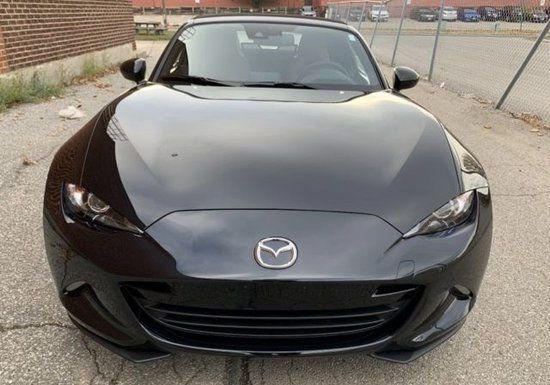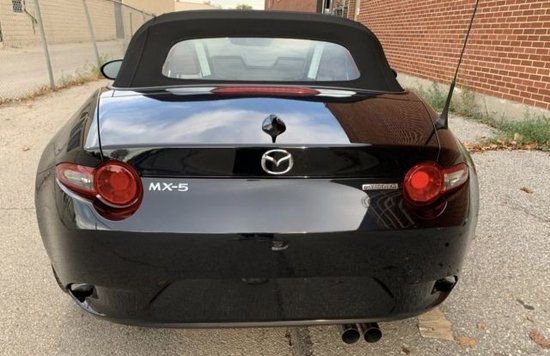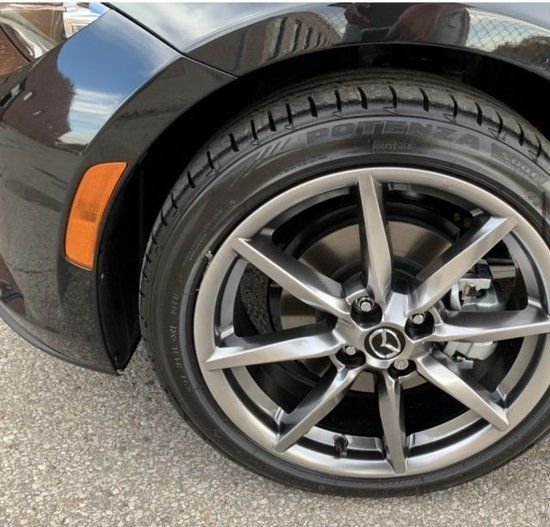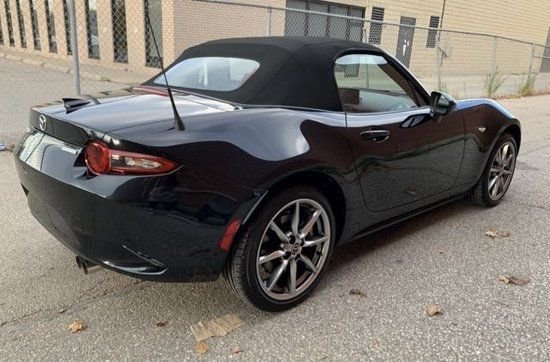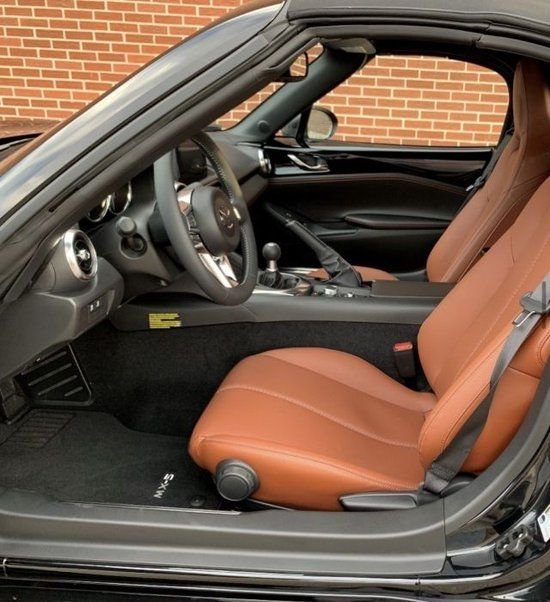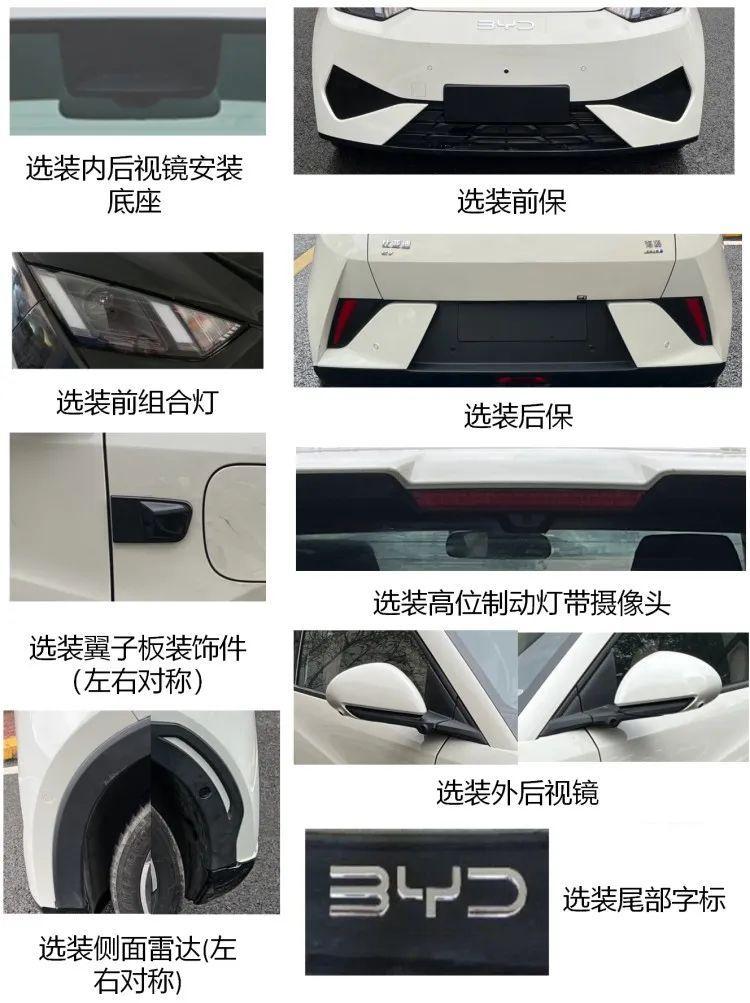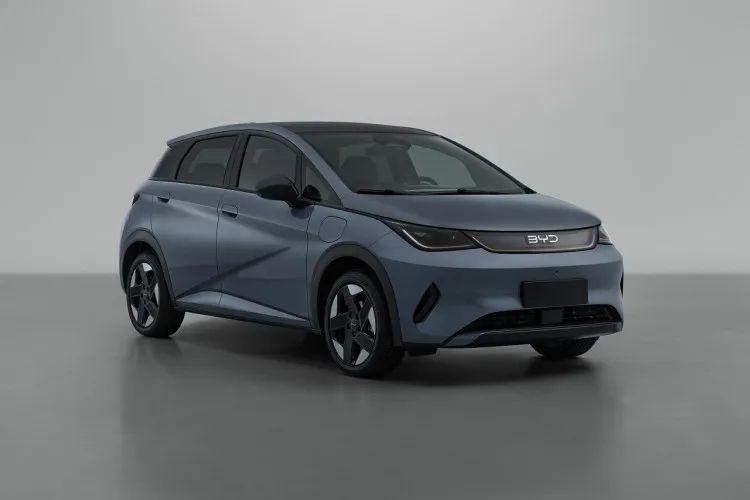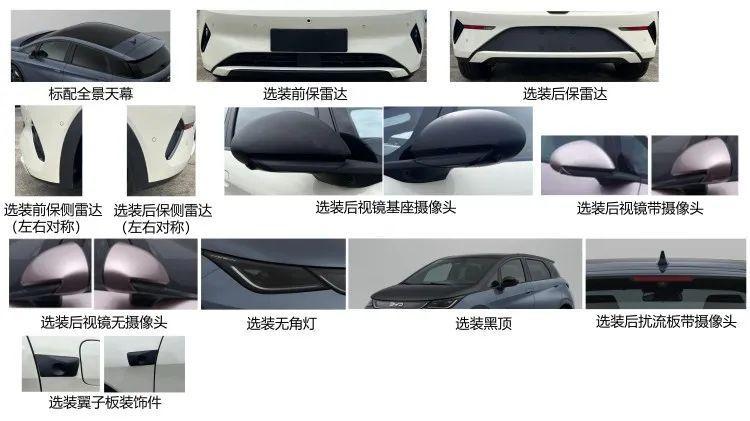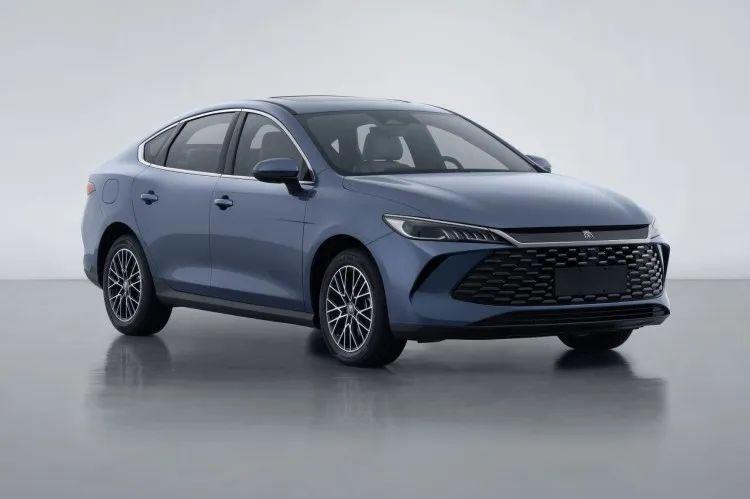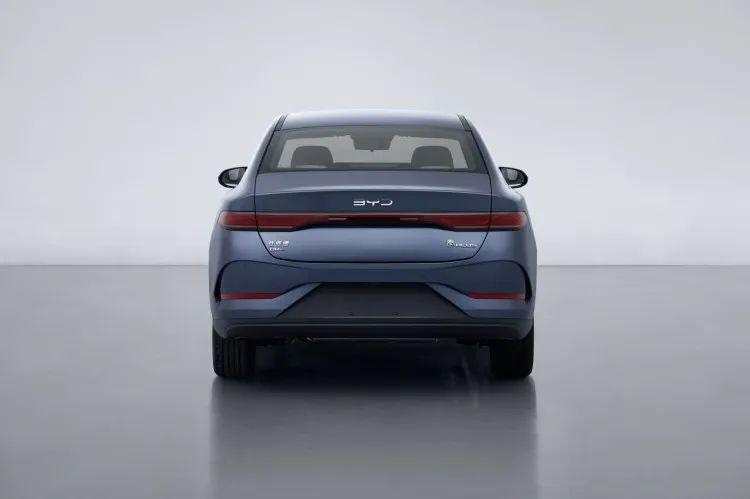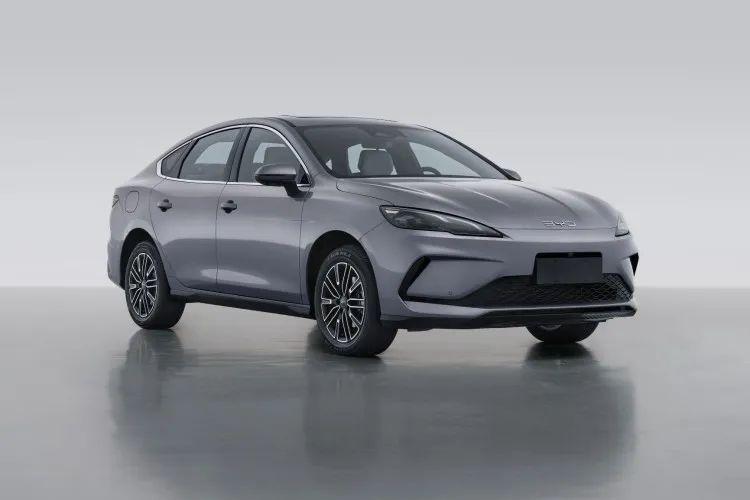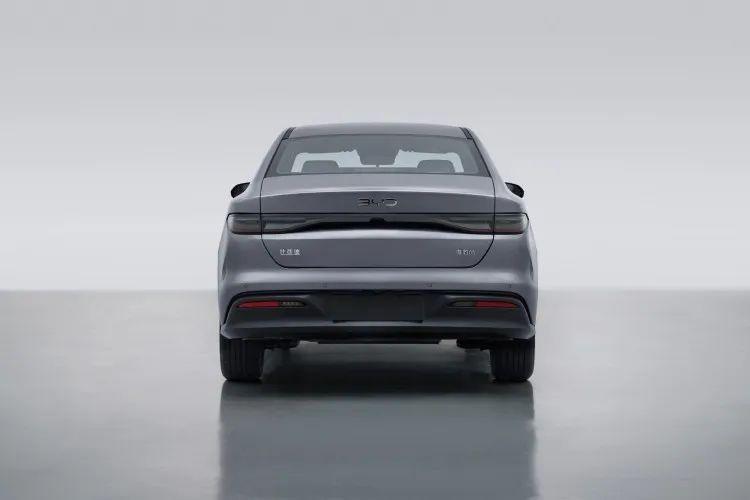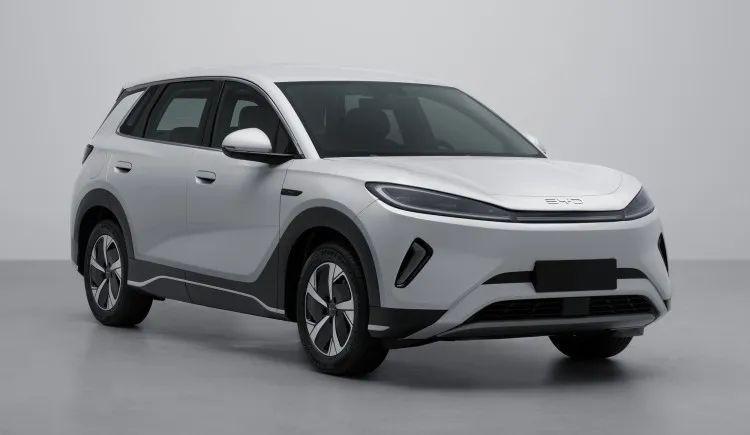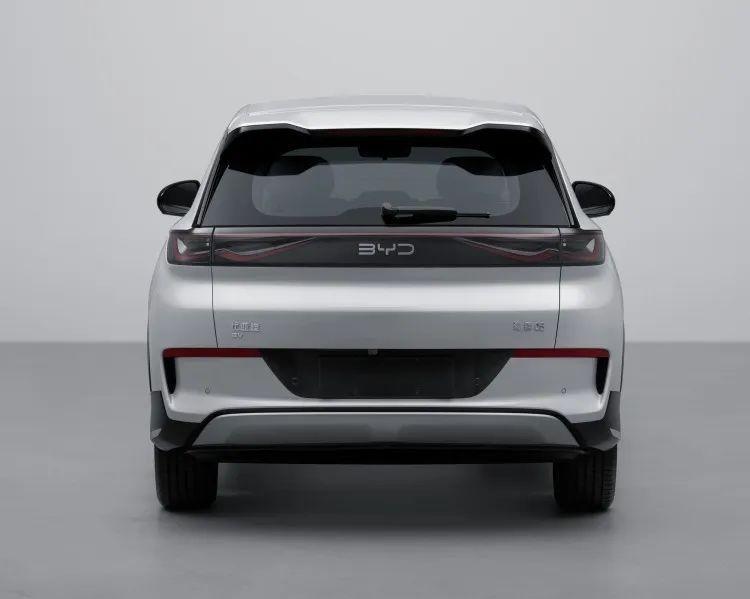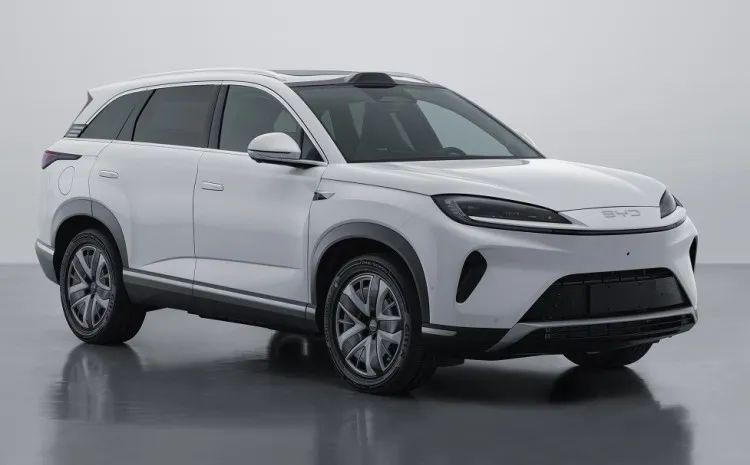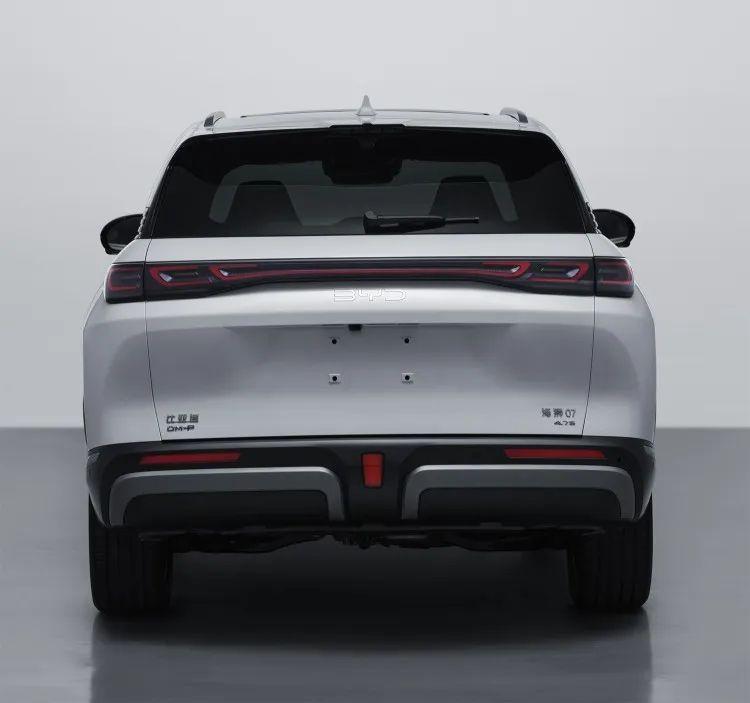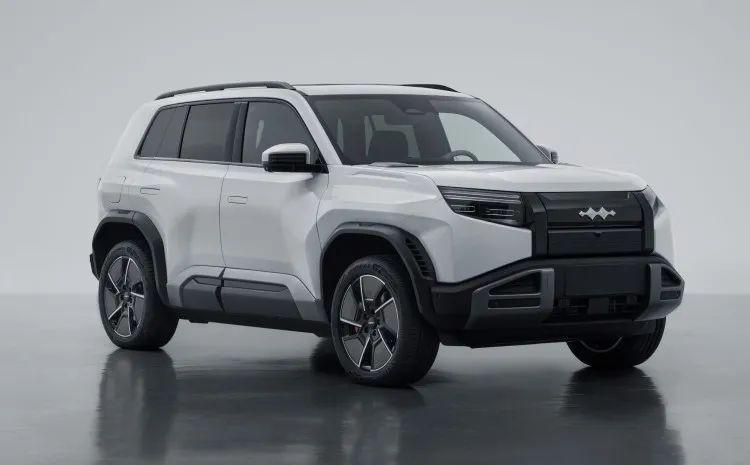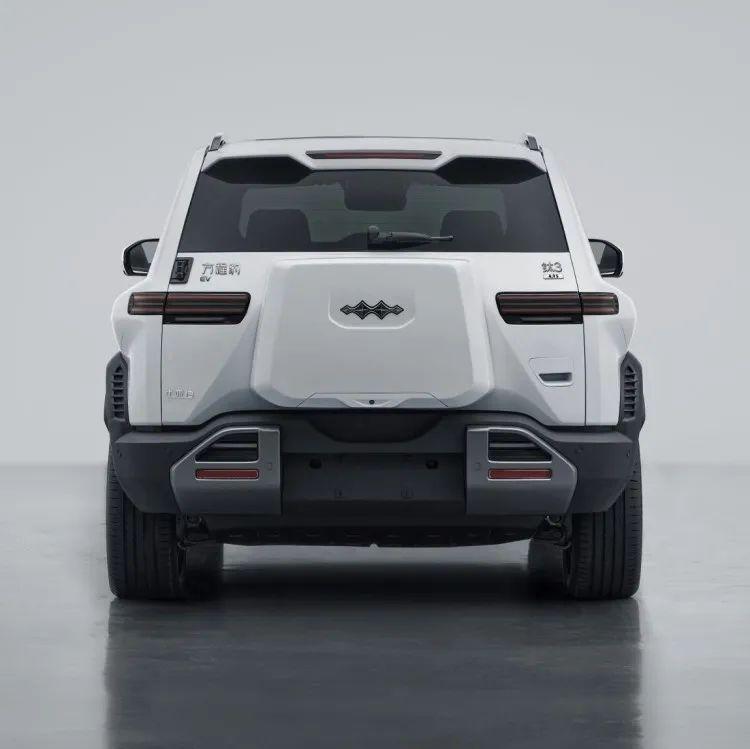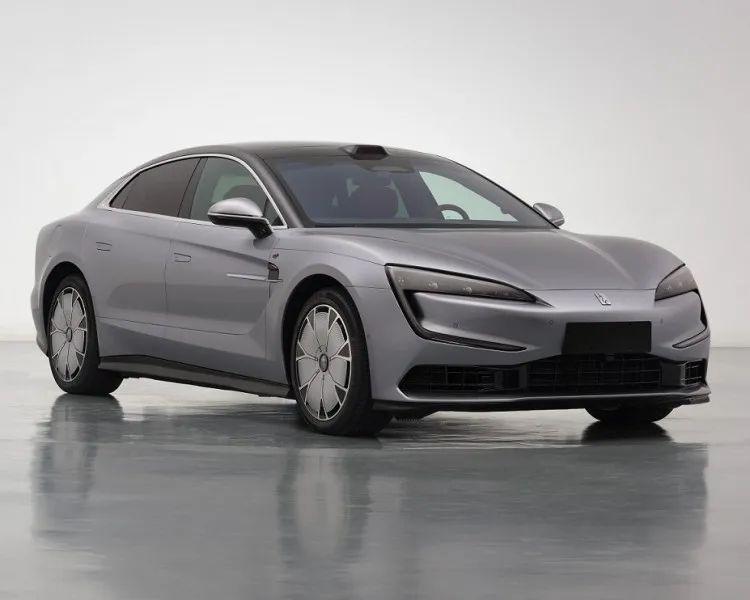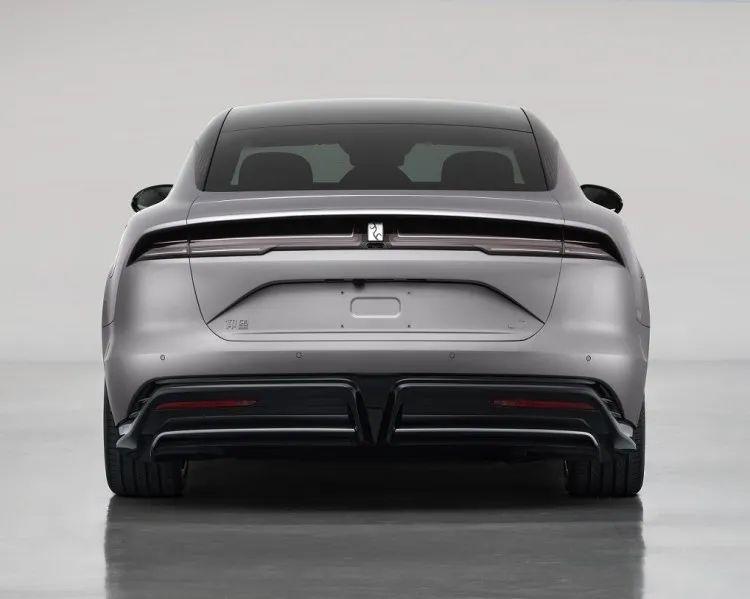Looking back on the 90th anniversary of the October Revolution, Lenin’s body may move out of Red Square (Figure)
 |
On the eve of commemorating the Victory Day of the October Revolution, many Russians came to Lenin’s Mausoleum in Moscow’s Red Square with red flags in their hands.
 |
The car that Lenin used to use is still properly kept and is now stored in a garage in Lenin’s former residence. Our reporter Li Jin/photo
Lenin is in Russia.
Looking back on the 90th anniversary of the October Revolution
On November 7, 1917, the Bolshevik armed forces led by Lenin launched a general attack on the Winter Palace, overthrew the interim government and established the Soviet regime. Thus, the world’s first socialist country was born.
Today, 90 years later, although the dust of history has gradually dissipated, it is an indelible memory for Russia and countries affected by the October Revolution.
Russians have not forgotten history.
The landmark event that changed the fate of this country 90 years ago has not been forgotten by Russians with the change of years and the cold weather.
Background information:Russian October Revolution (October Socialist Revolution) 
Liu Zuoyuan, a special contributor to the International Herald Tribune, is from Moscow. Although there are still two days before November 7, the atmosphere of commemorating the 90th anniversary of the October Revolution has already come to Moscow. The landmark event that changed the destiny of this country 90 years ago has not been forgotten by Russians with the change of years and the cold weather.
The Russian Communist Party celebrated with great fanfare.
As a matter of fact, since April this year, the Russian communist party has started preparations for activities to commemorate the 90th anniversary of the October Revolution.
According to Russian media reports, the commemorative activities led by the Russian Communist Party were first lit in Minsk, the capital of Belarus. From November 3 to 5, more than 80 political parties from all over the world sent people to participate in the large-scale international gathering of the Left Party held in Minsk. Participants will then go to Moscow to participate in the parade and rally to be held on November 7. "There will be 40,000 to 50,000 people participating in the parade, or even more." Russian communist party Chairman zyuganov said.
According to the plan, the Russian Communist Party will also hold academic conferences, round tables, exhibitions, party newspaper festivals and other activities, interspersed with various competitions including slogans, literary works, student compositions and children’s paintings. At the same time, the Communist Party of Russia declared 2007 as the "year of calling for joining the Party", produced the commemorative medal of the Central Committee of the Communist Party of Russia for the "90th anniversary of the great October socialist revolution", and proposed that the October Revolution Memorial Day be regarded as the main-level festival of the Russian Federation.
The website of the Central Committee of the Russian Communist Party also opened a column of "Commemorating the 90th Anniversary of the October Revolution" early, in which an article said that the Russian Communist Party would make maximum use of all kinds of propaganda resources to commemorate and cherish the great significance of the October Revolution. Pravda and regional publications in communist party have also opened up related fixed columns.
Red flags are displayed on the streets of Moscow
In November, the signs of the commemoration atmosphere of the October Revolution on the streets of Moscow gradually increased. Walking on the road, you can often see rallies carrying red flags, and billboards on the roadside have also changed into the image of young pioneers wearing red scarves. All this reminds people that an important festival is coming.
In Russia, although the "October Revolution Festival" has changed its name several times, it has become the "Moscow Red Square Military Parade Day" today, but most people still like to use the original name. On November 2nd, delegations from different countries arrived in Moscow one after another. People held a rally in Red Square carrying a red flag with the words "Forever October Revolution" written on it.
The two-color ribbon called "Guards Ribbon" has also been turned out. This ribbon distributed free of charge by the youth organization "College Students Association" consists of black and orange, with black representing smoke and yellow symbolizing flame. The "Guards Ribbon" was originally designed to commend the outstanding achievements of Red Army soldiers during the Soviet Patriotic War after the October Revolution. In today’s Russia, young people are more willing to commemorate the festivals of the former Soviet Union by wearing the "Guards Ribbon".
"For many Russians, commemorating the October Revolution is a tradition. No matter how people evaluate the October Revolution, no one can deny its great influence on the Russian nation." Party member Nikolai, a Communist Party of Russia from Moscow University, told the International Herald Tribune that in order to participate in the parade and rally on November 7, the Communist Party of Russia party member of his school had prepared flags and slogans, and there would be an independent phalanx on the day of the parade.
While the Russian Communist Party celebrated the October Revolution Festival with great fanfare, the Russian media reported that Lenin’s body might be moved out of Lenin’s Mausoleum. "We will resolutely oppose this kind of thing, especially on the day of commemorating the October Revolution." Nikolai was quite indignant at this: "No one can erase Lenin’s influence and great achievements in Russian history."
Flowers fill the graves of martyrs.
The reporter of International Herald Tribune specially visited the famous New Saint Cemetery in Moscow. Everyone buried here is a witness of that period of history. People who are busy commemorating the October Revolution have not forgotten these heroes who are buried in the cemetery, and newly picked flowers are placed in front of the gravestones in the shadows of the trees.
Party member Makarenko, an old Russian Communist Party, dedicated a bouquet of flowers to the tomb of writer Nikolai ostrovsky. In front of ostrovsky’s tombstone, there is a cavalry knife and a pointed hat that Paul, his hero, often wears, which makes people easily think of his novel How Steel was Tempered. "During the October Revolution Festival, my party group proposed to come to the cemetery to sweep graves." Makarenko told the International Herald Tribune, "People need faith, just as we followed at the beginning, to make other people’s lives better because of your survival." Makarenko quoted the motto of the famous Soviet hero Matrosoff. Indeed, for Russians, perhaps the more significance of commemorating the October Revolution lies in adhering to the belief of following life.
Today, the ruby five-pointed star on the Kremlin has been lit for 70 years, which is also a historical witness that the Soviet Union once existed as a great country. Although that period of history is getting longer and the October Revolution Festival is no longer a legal holiday, in the hearts of many Russians, it is an "eternal festival". Source: International Herald Tribune
Exploring Lenin’s footprint in Russia
There are countless roads, factories and subway stations named after "Lenin" and "October Revolution" in Russia, and they are also silently recalling the past history.
Liu Yang, a reporter from the International Herald Tribune, was born in Moscow. From 1917 to 2007, 90 years passed away negligently.















